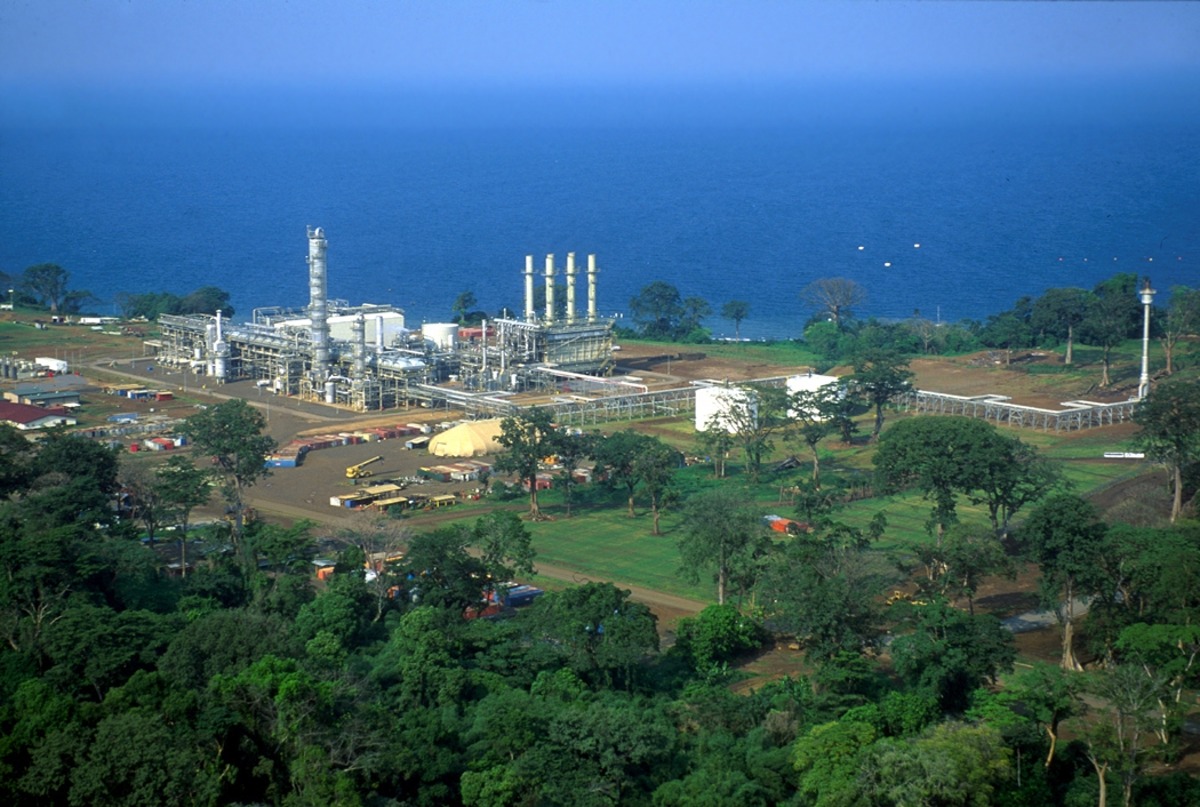Equatorial Guinea has awarded offshore exploration blocks to Panoro Energy and Africa Oil Corp. as it seeks to unlock additional reserves and reverse production decline. Earlier this month, the country appointed the former head of its national oil company, Antonio Oburu Ondo, to replace Gabriel Obiang Lima as Minister of Mines and Hydrocarbons.
Infrastructure-led exploration
Amongst the newly awarded blocks are Block EG-01 and Block EG-31 that are located next to producing and processing infrastructure.
The shallow water Block EG-01 has been awarded to Panoro Energy (operator, 56%) with partners Kosmos Energy (24%) and national oil company GEPetrol (20%). The block is located next to the Ceiba and Okume fields, two fields operated by Trident Energy via the 160,000 bpd Sendje Ceiba FPSO. Output currently stands at some 30,000 bpd.

Panoro Energy and Kosmos Energy are already partners of Trident Energy on the Ceiba and Okume complex and hold interest in the exploration Block S where a well is planned for 2024.
“The partners have been awarded block EG-01 for an initial period of three years during which they will conduct subsurface studies based on existing seismic data to further define and evaluate the prospectivity of the block. Following this, the partners will have the option to enter into a further two-year period, during which they will undertake to drill one exploration well,” Panoro Energy said in a statement.
On the other side, Africa Oil Corp. has been awarded shallow water Block EG-31 as operator with an 80% interest while GEPetrol holds the remaining 20%. The block is located next to the Marathon Oil Corp-operated Alba gas field and the onshore Punta Europa gas hub that houses the EG LNG export terminal. “Potential future discoveries could present low-cost, low-risk gas development opportunities targeting international LNG markets,” Africa Oil Corp. said in a statement.
Rio Muni exploration
Finally, Africa Oil Corp. has been awarded Block EG-18, which it had already secured during EG Ronda 2019. The award marks an evolution of the company’s acquisition strategy which had so far focused mostly on cash flowing producing assets.
“In Block EG-18 the Company has identified a potentially large and highly prospective basin floor fan prospect of Cretaceous age, that is similar to those within the Company's exploration portfolio in Namibia and South Africa,” Africa Oil Corp. added.
All PSCs for the blocks are yet to be ratified by the Government and there minimum work programmes do not include drilling commitments. However, their awards to reputable E&P investors send strong signals on the appetite for upstream activity in the Gulf of Guinea.

